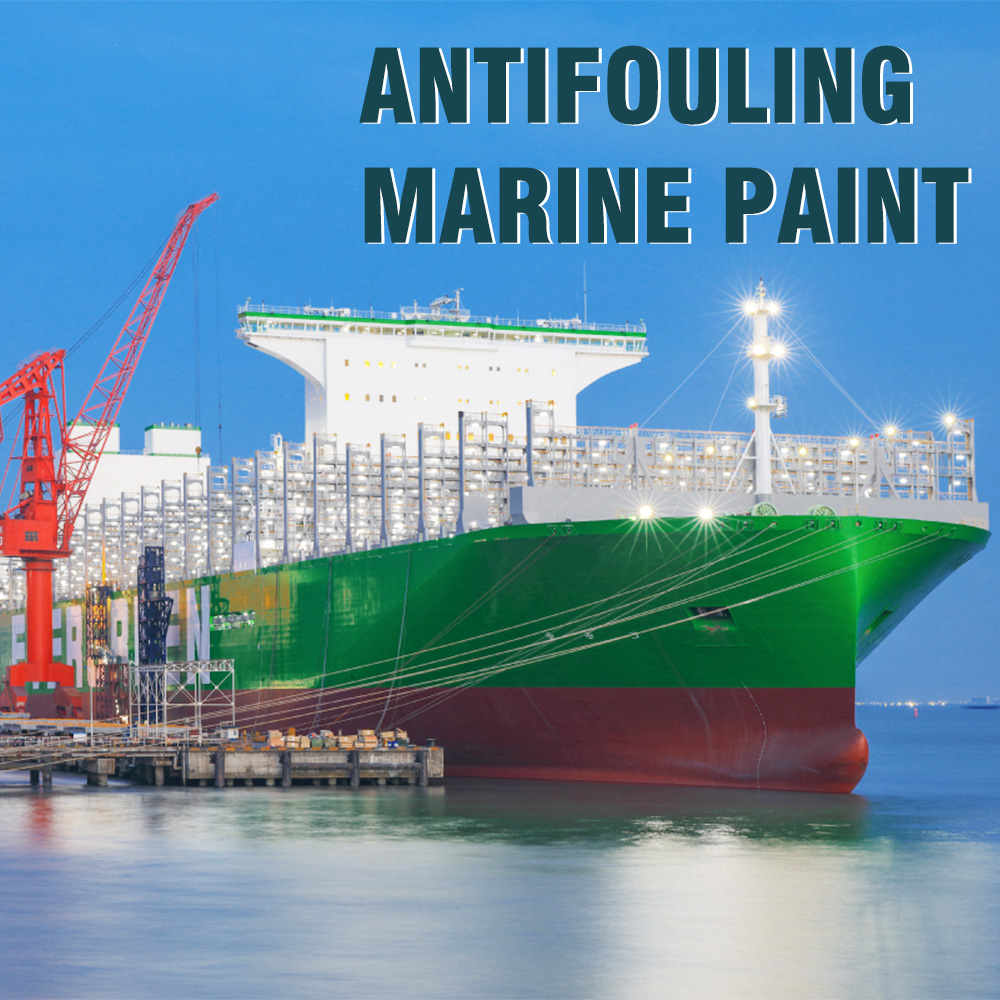Antifouling ship paint is a special coating used to protect the exterior surfaces of ships from pollution and biological adhesion. These bottom coatings usually contain anti-fouling agents and anti-bioadhesion agents to reduce the adhesion of pollutants and marine organisms on the ship surface, reduce the ship’s navigation resistance, improve fuel efficiency, and reduce the impact on the marine environment.
The main features and advantages of antifouling marine paint: Reduce underwater resistance: The use of anti-fouling ship paint can reduce the adhesion of marine life, algae and pollutants, reduce the frictional resistance of the ship’s surface, increase navigation speed, and save fuel expenses.
Extend the maintenance cycle: Antifouling marine paint can reduce corrosion and creep on the ship surface, extend the maintenance cycle, reduce the number of dry dock repairs, and reduce maintenance costs.
Environmentally friendly: The use of antifouling marine paint can reduce the emission of chemical antifouling agents, reduce the impact on the marine ecosystem, and help protect the marine environment.
Stable long-term performance: High-quality antifouling ship paint can maintain good antifouling effects over a long period of time, reducing ship navigation resistance and fuel consumption.
Diversified choices: There are many types of antifouling ship paints available on the market, including silicone coatings, nitrocellulose paints, acrylic paints, etc., to meet the needs of different ships and usage environments.
In general, antifouling ship paint is an important means of ship protection and environmental protection, and an important tool for maintaining marine ecological balance and saving navigation costs. Choosing the appropriate antifouling ship paint can not only reduce navigation resistance and protect the hull, but also play a positive role in protecting the marine environment.
Post time: Jan-03-2024


